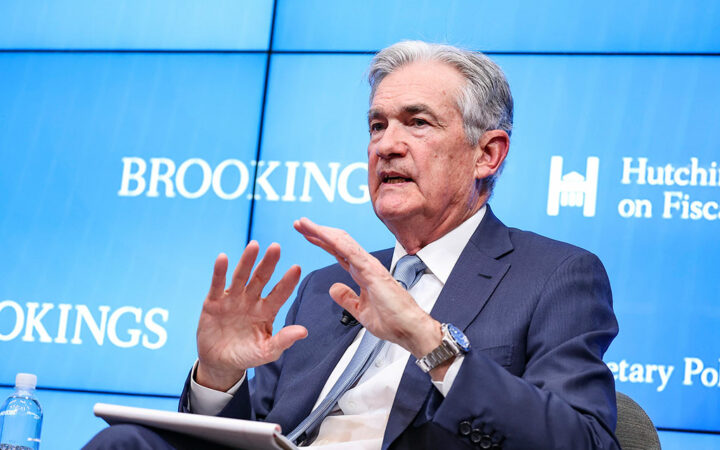
Let’s talk web3, crypto, Metaverse, NFTs, CeDeFi, meme coins, and Stocks, and focus on multi-chain as the future of blockchain technology. Let us all WIN!
The announcement of high United States consumer debt comes as the debate for the national debt ceiling raises concerns over high inflation.
 Edited by Julia Sakovich
Updated
3 mins read
Edited by Julia Sakovich
Updated
3 mins read

The New York Federal Reserve reported on Monday that the total consumer debt hit a new ATH of slightly above $17 trillion during the first quarter of 2023. According to the announcement, the total borrowing for the first quarter increased by about $150 billion, approximately 0.9 percent, to about $17.05 trillion. As a result, the total consumer debt increased by about 20 percent to $2.9 trillion since 2029, the pre-covid era.
The Americans have continued to increase the borrowing rate despite the rise in the overall cost of taking new loans. Notably, the Fed has increased the overall interest rate severally over the past few years, which currently stands at about 5 percent from the recent 25 basis point hike, to discourage consumers from borrowing new loans.
Moreover, the Fed is on a quest to put down the high inflation towards the desired 2 percent and avoid overloading international investors and countries holding the United States dollar as the reserve currency. Moreover, several countries led by the BRICS have been moving away from the United States dollar dependency in settling international trades.
In the past four months, mortgage debt increased by about a trillion dollars to around $12.04 trillion. The student debt also increased in the first quarter and currently stands at around $1.6 trillion. The auto loans also spiked during the first quarter of the year to about $1.56 trillion. Credit card loans also recorded a bump to about $986 billion during the first quarter of the year.
The announcement of high United States consumer debt comes as the debate for the national debt ceiling raises concerns over high inflation. While the likelihood of national debt default is unlikely, congress is looking at either eliminating the cap or raising the ceiling, which only postpones the challenge.
Notably, United States borrowers had used the previously lower interest rates both to buy new homes and to refinance mortgages. However, the latter saw a boom that appears to have ended.
“The mortgage refinancing boom is over, but its impact will be seen for decades to come,” Andrew Haughwout, director of household and public policy research at the New York Fed, said.
Interestingly, the Fed’s report noted that most mortgages were refined during the pandemic due to lower rates, which reduced their saving to about $220 per month.
“As a result of significant equity drawdowns, mortgage borrowers reduced their annual payments by tens of billions of dollars, providing additional funding for spending or paydowns in other debt categories,” Haughwout said.
Read other market news on Coinspeaker.
Disclaimer: Coinspeaker is committed to providing unbiased and transparent reporting. This article aims to deliver accurate and timely information but should not be taken as financial or investment advice. Since market conditions can change rapidly, we encourage you to verify information on your own and consult with a professional before making any decisions based on this content.

Let’s talk web3, crypto, Metaverse, NFTs, CeDeFi, meme coins, and Stocks, and focus on multi-chain as the future of blockchain technology. Let us all WIN!





